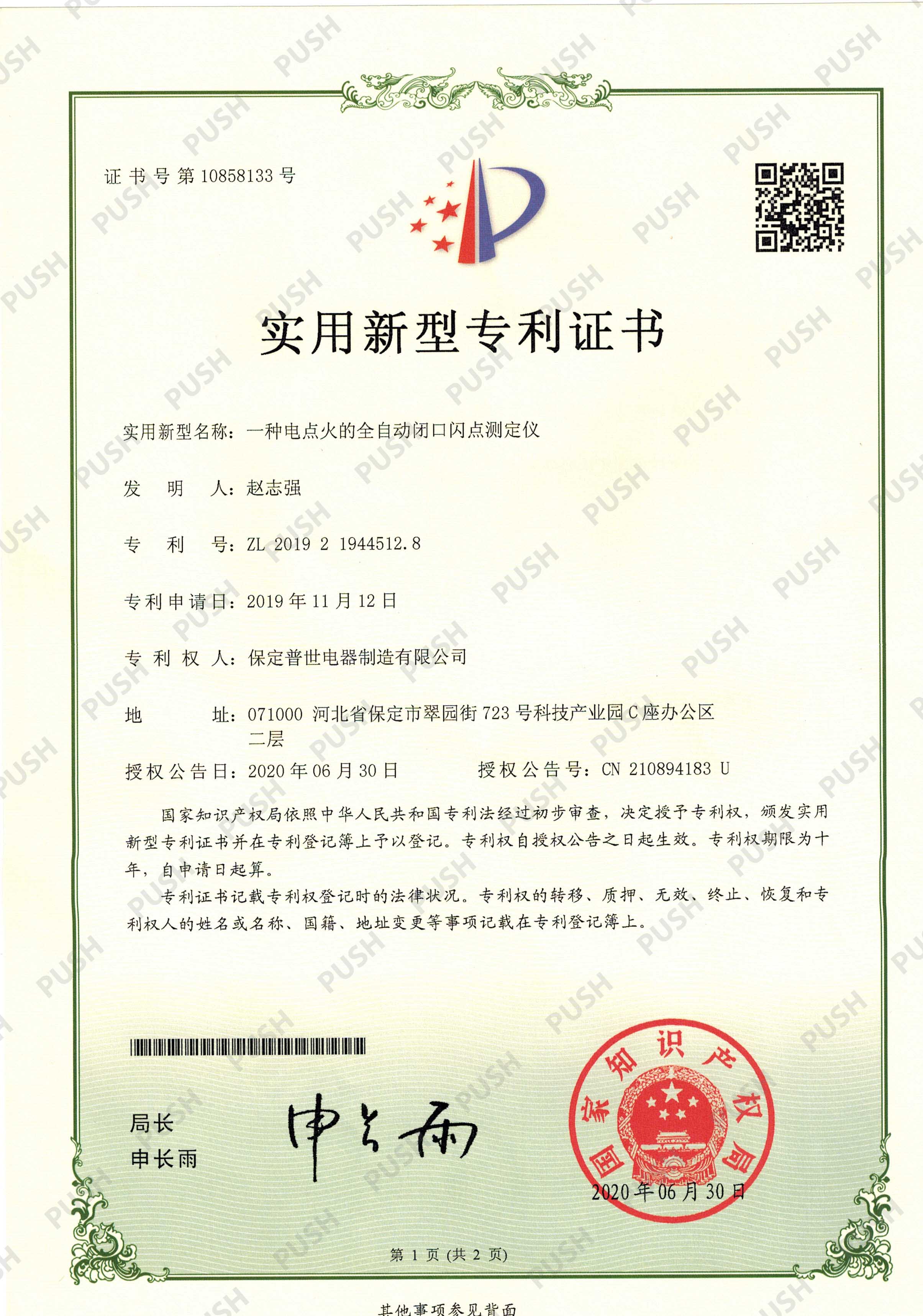 English
English


dc hipot test acceptable leakage current
Understanding DC Hipot Test and Acceptable Leakage Current
The Direct Current (DC) high potential (hipot) test is a critical procedure used in electrical testing to ensure insulation integrity, safety, and performance of various electrical components and systems. This test involves applying a high DC voltage to the insulation of electrical devices to verify that it can withstand operating conditions without letting current escape or pass through unintended pathways. One key parameter that is assessed during the DC hipot test is the leakage current, which is the small amount of electrical current that can inadvertently pass through the insulation.
What is Leakage Current?
Leakage current is defined as the unwanted current that flows through the insulation of a device, away from its intended path. This can occur due to various reasons, including imperfections in the insulating material, moisture, or contaminants. In the context of insulation testing, it is especially crucial to monitor this current, as excessive leakage can lead to performance degradation, overheating, or even failures that could compromise safety.
Importance of the DC Hipot Test
The DC hipot test serves several important purposes. Firstly, it helps to identify any weak points or defects in the insulation before the equipment is deployed. By applying a voltage higher than the device’s operating voltage, manufacturers and engineers can simulate conditions that might occur in real-world applications, thus pre-emptively identifying potential isolation failures.
Moreover, the test can help ensure compliance with regulatory standards and safety requirements. Many industries are governed by strict regulations that mandate specific insulation resistance levels. Conducting a DC hipot test allows manufacturers to demonstrate that their products meet these standards, ensuring both consumer safety and product reliability.
Acceptable Leakage Current Levels
dc hipot test acceptable leakage current

Understanding what constitutes acceptable leakage current during a DC hipot test is crucial for evaluating the performance of electrical insulation. Leakage current levels can vary depending on the application, the type of insulation material used, and the operating voltage. However, general guidelines can be provided.
Typically, acceptable leakage currents can be expressed as a function of voltage. For example, many manufacturers define acceptable leakage current levels as a maximum residual current that may be tolerated; often this is set to a few microamperes per kilovolt applied. As a rule of thumb, a leakage current of less than 5 mA is generally considered acceptable for most low-voltage applications, although stricter limits may apply for sensitive equipment used in medical or aerospace sectors.
Factors Influencing Leakage Current
Several factors can influence the level of leakage current observed during a DC hipot test. The quality of the insulation material is of paramount importance; higher quality materials tend to exhibit lower leakage currents. Environmental factors such as humidity and temperature also play significant roles; for instance, increased humidity can lead to higher leakage current values.
Furthermore, the duration of the test and the voltage level applied can affect leakage measurements. Ideally, tests should be conducted under controlled conditions to ensure that results are consistent and reliable.
Conclusion
In conclusion, the DC hipot test is an indispensable tool for assessing the insulation integrity of electrical devices. By understanding acceptable leakage current levels and related factors, manufacturers and engineers can ensure that their products are not only compliant with safety standards but are also reliable in their performance. Regular testing and proper material selection are key to minimizing leakage current, thereby safeguarding both equipment and personnel. As electrical systems become more intricate, the importance of thorough testing processes, including the DC hipot test, continues to grow, reaffirming its role in contemporary electrical engineering practices.
-
Differences between open cup flash point tester and closed cup flash point testerNewsOct.31,2024
-
The Reliable Load Tap ChangerNewsOct.23,2024
-
The Essential Guide to Hipot TestersNewsOct.23,2024
-
The Digital Insulation TesterNewsOct.23,2024
-
The Best Earth Loop Impedance Tester for SaleNewsOct.23,2024
-
Tan Delta Tester--The Essential Tool for Electrical Insulation TestingNewsOct.23,2024





